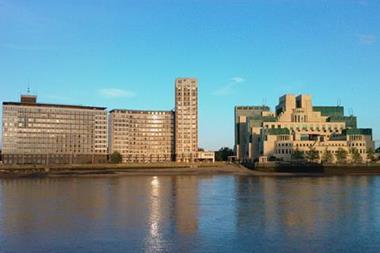As the latest housing minister enters post to an overflowing in-tray, he will be faced with a number of competing priorities. Although efforts will undoubtedly be made to address affordability and supply issues, we should also hope that temporary housing solutions are not overlooked.
There are an estimated 96,060 households living in temporary accommodation, including almost 120,000 children, around 10% of which are housed in B&B-type accommodation, sometimes with shared kitchens and bathrooms.
The current approach to temporary housing delivery is putting families in poor-quality, expensive and unsuitable accommodation, while also draining local authority finances.
Growing demand for temporary accommodation has been further exacerbated by Covid and there is simply no capacity left in the system. We may soon be reaching a peak worst-case scenario as vulnerable families are left languishing in unsuitable housing with local authorities having no option but to resort to high-cost, poor-quality, short-term solutions.
During the 2020-21 financial year, local authorities spent around £1.5bn on temporary housing, and with the recent onset of inflationary pressures, this is only set to rise.
Although the government has recently provided an additional £72.7m of funding support, critics have labelled it inadequate. With the cost-of-living crisis, the debt burden on struggling families looks set to continue, bringing with it an increased risk of homelessness.
Against this backdrop, local authorities will be desperate to get a handle on the spiralling cost of homelessness. But ploughing money into private sector suppliers indefinitely is not a strategic solution and we are beginning to see some local authorities think about long-term solutions.
The issue of family homelessness is unlikely to go away in the near term and councils need to respond with solutions that are both in the best interests of their residents and financially responsible.
Adam Ramshaw, director, Lambert Smith Hampton
Adam Ramshaw






























No comments yet